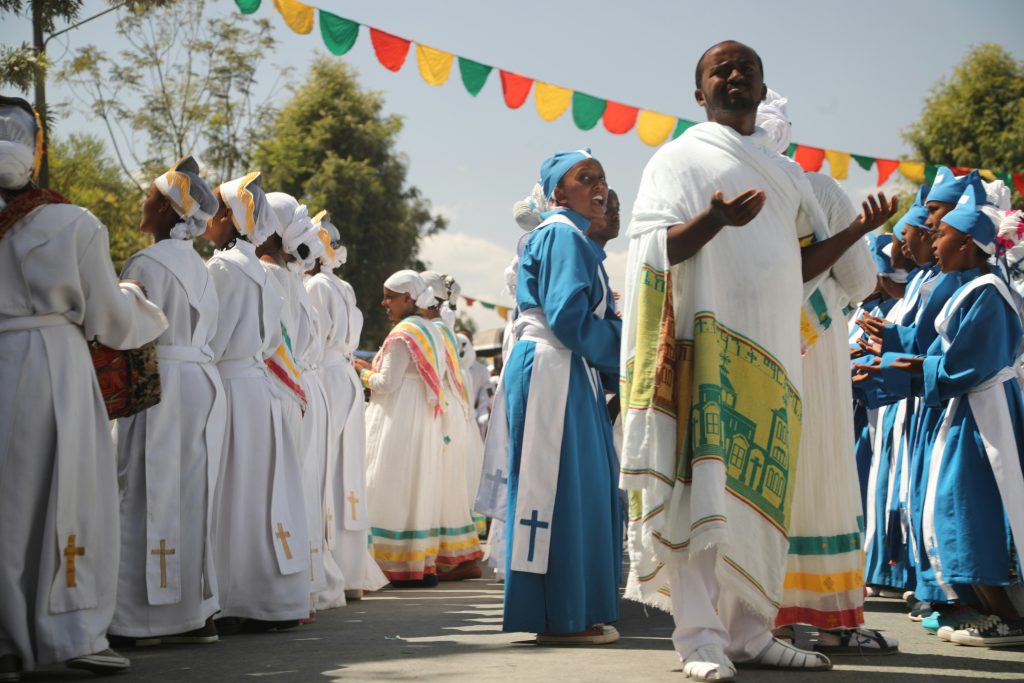Catholic Church urged to help more as education costs in Africa rise
3 min read
Parents say Catholic schools are becoming too expensive despite their historic mission to serve the poor.
Rising Education Costs in Africa Put Pressure on Catholic Church to Do More
As school fees climb, families urge the Catholic Church to stay true to its mission of uplifting the poor through accessible education.
Catholic Schools Under Scrutiny Amid Rising Costs
For decades, Catholic schools like Uganda Martyrs School in Kampala have offered affordable, high-quality education to African families — especially those from low-income backgrounds. But rising costs are forcing many parents to reconsider whether they can still afford these once-dependable institutions.
Despite maintaining a reputation for discipline, values, and academic excellence, Catholic-run schools now face mounting criticism over increasing fees. Families worry that the Church’s education system is drifting away from its core mission of serving the underprivileged.
The Church vs. Profit-Minded Investors
The education landscape across Africa is evolving rapidly. With private investors turning schools into profit-driven ventures, competition is growing. Catholic schools, though technically non-profit, are not immune to the economic pressures.
Administrators argue that operating costs are soaring — from teacher salaries and student meals to infrastructure maintenance and rising inflation. Vincent Ssegane, director of studies at Uganda Martyrs School, explained that these challenges leave Catholic schools with no choice but to raise fees.
“A school like this one has several cost centres,” Ssegane said. “Wage bills, feeding, and infrastructure all demand resources. The high cost of living and inflation directly impact our ability to keep education affordable.”
Struggling to Balance Values with Viability
Tuition at Uganda Martyrs once reached $800 per term, but after a surge in enrollment to nearly 5,000 students, the school lowered fees to about $600. While this helped ease some burden, many parents still find it too expensive — especially in a country where the average income remains low.
Despite these challenges, Catholic schools continue to provide scholarships for exceptional students and support programs to retain their inclusivity. However, critics say more needs to be done to ensure that schools do not become exclusive to the wealthy.

Parents Speak Out: “We Want, But Can’t Afford It”
Richard Kizito, a metalworker in Kampala, has four children in Catholic schools. While he deeply values the education and discipline his children receive, he admits the costs are becoming unsustainable.
“Formerly we used to not pay fees, especially when I was young,” he said. “We got free books, pens, and pencils. But now, it’s different.”
He added, “Parents still want their children in Catholic schools, but many can’t afford it anymore. Because of the challenge of fees, I cannot manage all the school fees for all my kids.”
Kizito’s concerns echo a broader sentiment that the Church must recalibrate its approach and refocus on affordability — especially in regions where many are still reeling from economic instability.
A Mission at Risk?
The Catholic Church is the largest non-governmental provider of education in sub-Saharan Africa, making its influence on the education system enormous. But as tuition rates climb and economic inequality deepens, critics argue that the Church is not doing enough to protect vulnerable students.
With sub-Saharan Africa facing the highest school dropout rate in the world, many fear that rising school fees are becoming a key factor keeping children out of classrooms.
While the Church insists that Catholic schools do not operate for profit, the line between service and survival is becoming increasingly blurred. As some schools adopt more business-like models to stay afloat, others worry that the Church is sacrificing its founding principles.
Finding a Sustainable Solution
Observers say that the Catholic Church must find creative solutions to meet operational demands without abandoning its mission to serve the poor. Options include expanding scholarship programs, forming partnerships with donors, and advocating for more public funding of Church-affiliated schools.
Ultimately, the challenge is to ensure that Catholic education remains a beacon of opportunity — not a privilege reserved only for the wealthy.






